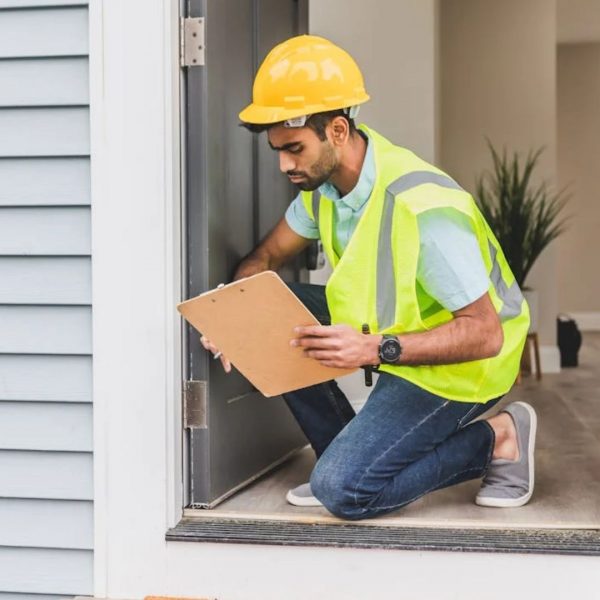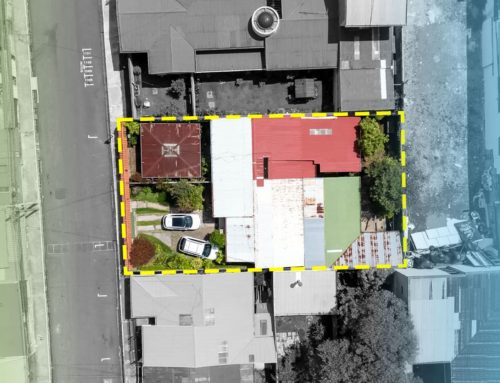In the United States, one of the most common processes prior to buying or renting a property is a home inspection, a process in which a real estate professional inspects the property to verify that it is in optimal condition for a move.
By Master Rodrigo Altman, Director of Synergy Construction Consulting. Discover some of the characteristics, recommendations and work of a home inspector.
The work of a home inspector

Issues considered in an inspection
- Paint Condition: Worn, moldy or brittle paint may require additional investment to repaint the walls.
- Condition of lights and bulbs: Check the operation of switches and the condition of installed light bulbs.
- Cracks in walls: Look for damage from natural disasters or erosion that could compromise the integrity of the material.
- Exposed wiring or poor wiring: Cables in poor condition, with home repairs or exposed copper are also evaluated.
It is important to clarify that items nearing the end of their useful life are not considered major defects; however, it should be noted that they may require early replacement. In addition, the work of a home inspector differs from that of a real estate loan appraiser.
Home Inspector limitations
The home inspector has limitations in his inspection, such as not being able to force or create access to inaccessible areas of the property, such as sealed roofs. Nor will he move furniture to avoid damage; any rearrangement is the responsibility of the new tenants.
In addition, the home inspector does not determine the cause of any damage found. For example, if he detects leaks, his job is to report their existence without identifying the causes, although he may suggest possible solutions.
So, if you want to receive personalized attention throughout your property buying process; at Nativu our advisors can help you through the entire process, including finding experts for home reviews. Do not hesitate to contact our advisors and invest wisely.









